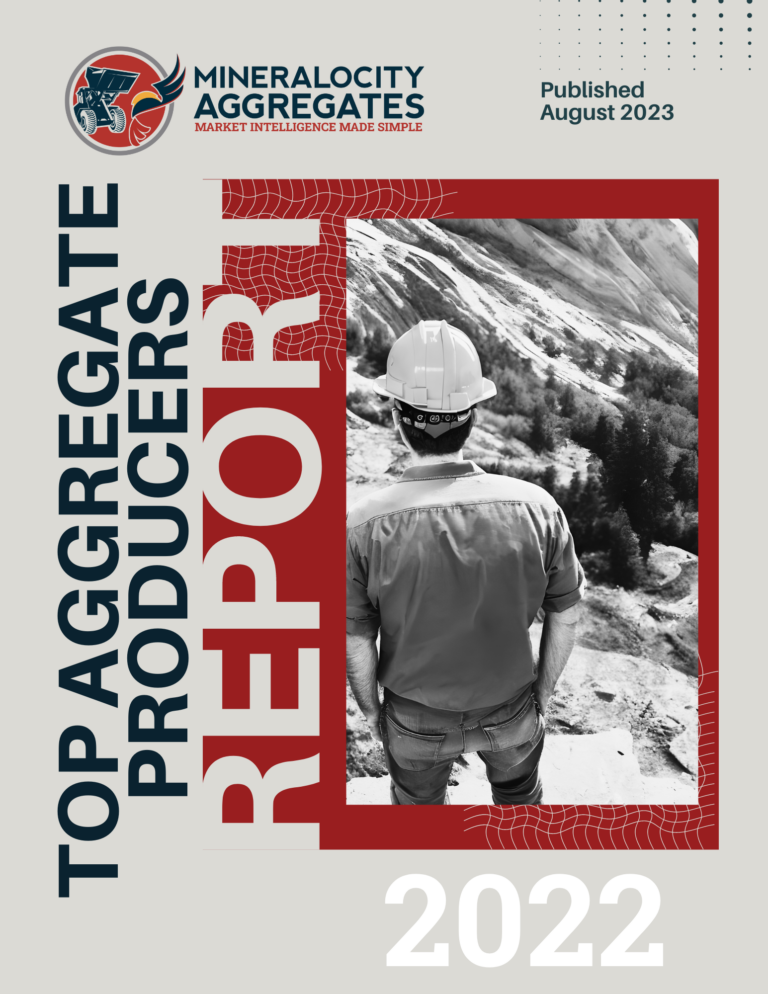In today’s fast-paced, technology-driven world, it’s easy to overlook traditional industries like construction aggregates. However, the reality is that the demand for aggregates—sand, gravel, crushed stone, and beyond—will never cease to grow. This article will explore the intrinsic factors that ensure the perpetual growth of the construction aggregates industry. While it’s true that the construction aggregates industry will always be growing somewhere, it won’t always be growing everywhere at the same time.
Essential to Infrastructure
Aggregates are the backbone of nearly every construction project, from roads and bridges to schools and hospitals. As cities expand and populations grow, the need for new infrastructure and the repair of existing ones ensures that the demand for aggregates remains constant.
Furthermore, the current state of infrastructure in many parts of the country is alarming. Years of underinvestment have led to crumbling roads, outdated bridges, and inadequate public transportation systems. This decline is prompting large-scale infrastructure initiatives aimed at renovation and modernization, all of which require vast amounts of construction aggregates. The American Society of Civil Engineers regularly releases a ‘Report Card’ on the state of the nation’s infrastructure, and the grades are often less than stellar. These assessments only serve to highlight the urgent need for substantial investment in infrastructure projects, which, in turn, ensures a growing demand for aggregates for years to come.
The Cycle of Urbanization
The continued urbanization of the global population is a significant driver of aggregate demand. As rural populations move into cities, the requirements for housing, roads, and other infrastructure rise, thereby leading to a corresponding increase in the need for construction aggregates.
Resilient to Economic Downturns
Even during economic recessions, certain public works projects are considered essential and continue to be funded. This makes the aggregate industry less susceptible to the fluctuations in the economic cycle compared to other sectors.
Technological Advances
Modern technology isn’t sidelining the aggregates industry; it’s bolstering it. From data analytics platforms like Mineralocity Aggregates that optimize market analysis and positioning to advanced machinery that increases extraction efficiency, technology is fueling the growth of the sector.
Environmental Concerns and Sustainability
While the industry faces environmental challenges, it is also part of the solution. Sustainable practices in aggregate extraction and the recycling of construction materials are not only possible but are becoming the industry standard.
Regulatory Support
With appropriate regulation, the aggregates industry can balance the needs of economic growth, environmental sustainability, and community concerns. This three-pronged approach ensures the industry’s long-term viability.
Conclusion
The construction aggregates industry is deeply woven into the fabric of modern society. Its importance in building the world around us—combined with the forces of urbanization, economic resilience, technological innovation, and environmental sustainability—makes it a sector poised for perpetual growth. Don’t underestimate the importance of this fundamental industry; it’s here to stay and grow, come what may.




